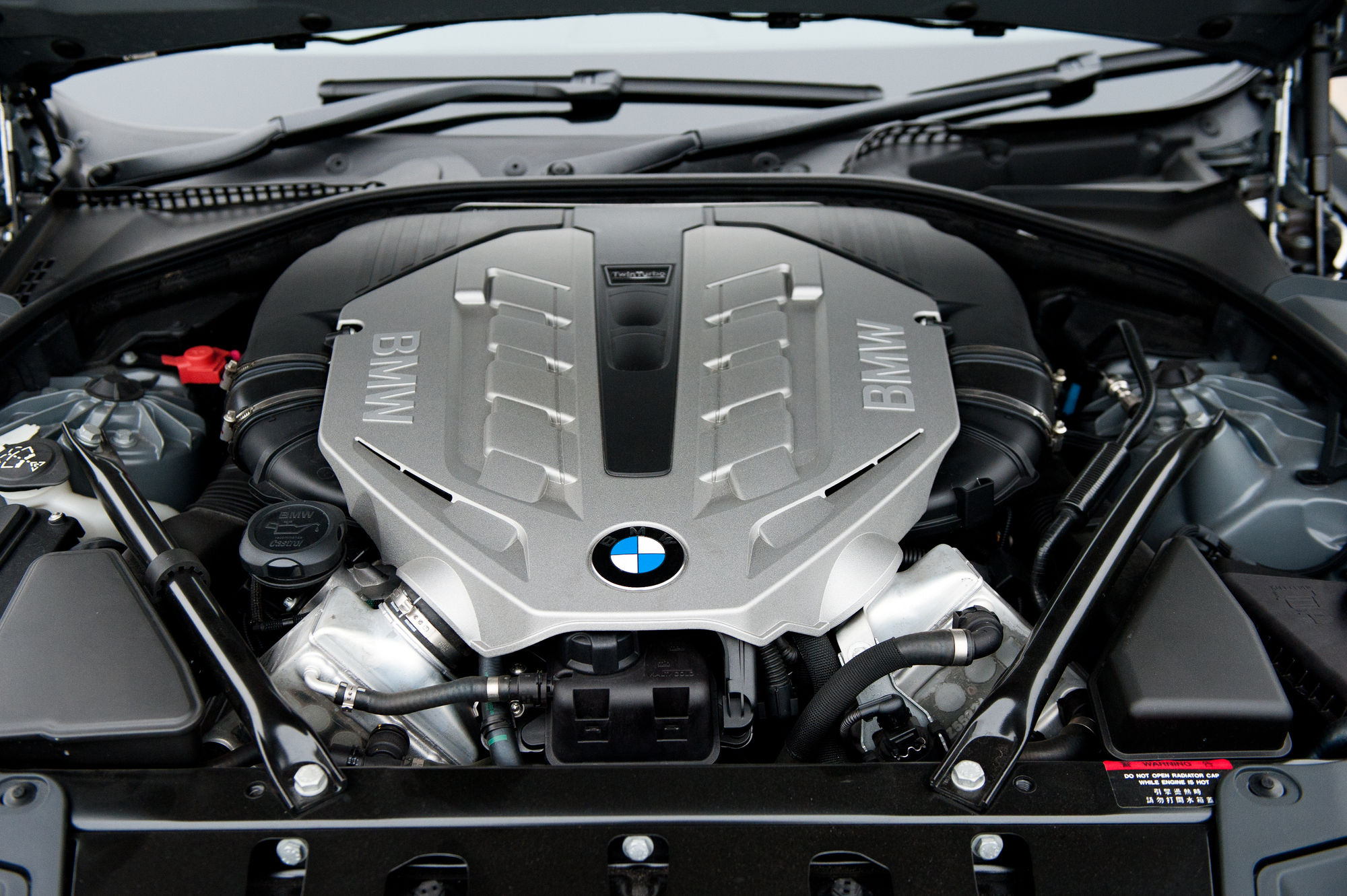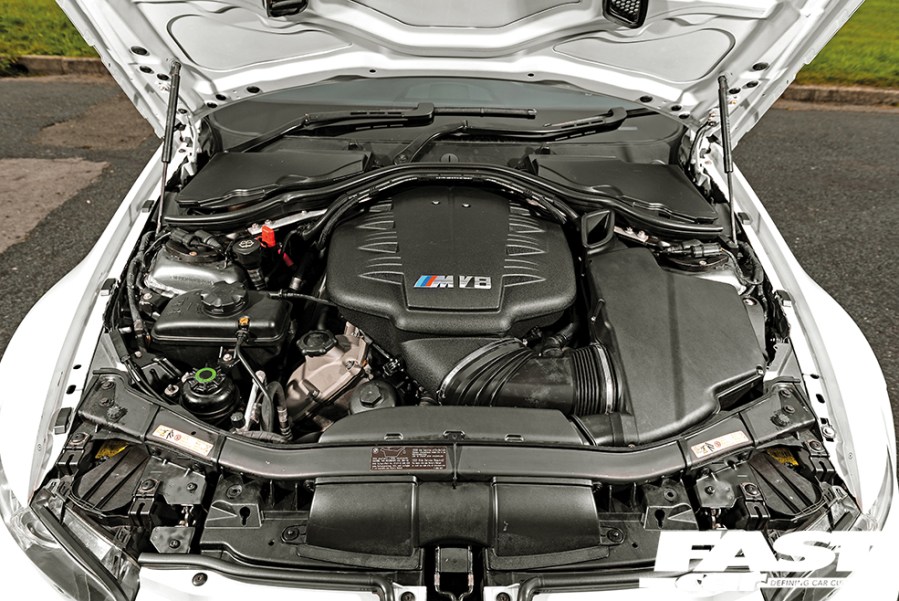Discovering the Advancement of Combustion Engines in Modern Transport Systems
As we browse the landscape of modern-day transport, the development of combustion engines stands as a testament to human resourcefulness and design expertise. The interplay of history, innovation, and environmental concerns in shaping the trajectory of combustion engines develops a story that is both insightful and engaging.
Early Beginnings of Combustion Engines
Just how did the concept of burning engines first emerge in the very early stages of transportation growth? The roots of combustion engines can be mapped back to the 17th century when the principles of interior burning were initial checked out.
The innovation moment included the invention of the very first effective gasoline-powered engine by Karl Benz in 1885 - bmw engine. This engine led the way for the advancement of the modern-day auto, transforming transport systems worldwide. Succeeding developments by Nikolaus Otto and Gottlieb Daimler additionally improved burning engine technology, causing the mass manufacturing of automobiles and the fast growth of the transport sector
These very early burning engines were characterized by their simpleness and efficiency, laying the structure for the facility and effective engines made use of in modern-day transport systems. The advancement of burning engines has actually been critical in forming the method we travel and carry products, marking a significant milestone in the history of transport growth.
Change to Internal Combustion Technology
The transition to inner burning innovation marked a pivotal change in the development of transportation systems. This shift started in the late 19th century, with inventors like Nikolaus Otto and Gottlieb Daimler developing the initial successful inner burning engines. These engines revolutionized transport by offering a much more effective and powerful option to steam engines and electrical motors.
One of the key benefits of interior combustion engines was their capability to be scaled down to match automobiles, resulting in the development of bikes and cars. This shift from cumbersome, stationary engines to compact, mobile ones led the means for the modern-day transportation systems we see today.
The change to interior burning innovation also spurred developments in fuel modern technology, causing the development of gas and diesel as primary fuel resources for cars. This change not only made transport more available to the masses however likewise laid the foundation for the oil and gas sector to become important to global economic climates.
Influence of Combustion Engines on Transport
The fostering of burning engines in transportation systems militarized an extensive shift in the effectiveness and speed of international mobility. Combustion engines changed transportation by supplying a trustworthy and functional resource of power for various automobiles, consisting of cars, aircrafts, ships, and vehicles. This innovation substantially boosted the you could try this out ability for people and goods to conform fars away in shorter timespan, bring about boosted connectivity between regions and nations.
Additionally, the extensive usage of combustion engines has had a significant influence on financial advancement. The capability to deliver products effectively has spurred trade and commerce, permitting organizations to increase their markets and get to customers worldwide. This has helped with economic growth and globalization, as products can currently be moved much faster and in bigger quantities than in the past.
However, the ecological influence of combustion engines can not be overlooked. The burning of nonrenewable fuel sources has actually brought about air contamination and greenhouse gas discharges, contributing to environment modification and positioning health threats to populaces. bmw engine. As an outcome, there is a growing focus on creating alternate propulsion technologies to minimize these adverse impacts and create an extra lasting future for transport
Developments in Burning Engine Style
One remarkable technology is the advancement of turbocharged engines, which make use of exhaust gases to drive a wind turbine that compresses incoming air, permitting for more gas to be burnt, resulting in raised power outcome without a considerable increase in engine dimension. Variable shutoff timing systems have likewise transformed engine layout by optimizing air flow at different engine speeds, improving both power and effectiveness. These advancements collectively contribute to the continual renovation of combustion engines in modern transportation systems.
Future Fads in Burning Engine Growth
With modern technology improvements driving continual advancement, the future of burning engine advancement is positioned to transform transport systems globally. One of the crucial fads in combustion engine growth is the push towards better efficiency and minimized exhausts.
Another famous trend is the adoption of crossbreed modern technologies in combustion engines. Crossbreed engines incorporate traditional combustion modern technology with electrical power, providing enhanced gas performance and lower discharges. As the automobile market shifts in the direction of electrification, crossbreed burning engines are seen as a transitional remedy that bridges the void between conventional cars and fully electric ones.
Moreover, the integration of smart technologies, such as man-made intelligence and data analytics, is expected to play a considerable duty in the future of combustion engine development. These innovations can enhance engine performance in real-time, causing extra effective burning processes and boosted overall vehicle efficiency. Embracing these future fads will certainly not just drive advancement in combustion engine advancement yet also contribute to a much more sustainable and ecologically friendly transport ecosystem.

Final Thought
In final thought, the development of combustion engines in contemporary transport systems has been marked by significant advancements in innovation and style. From the early starts of burning engines to the change to interior combustion innovation, these engines have actually had a profound influence on transportation. Technologies in burning engine style try here remain to drive progress in this area, with future patterns concentrating on additional improving efficiency and lowering discharges. The future of burning engines in transport looks encouraging as r & d initiatives proceed weblink to push limits.
The roots of burning engines can be traced back to the 17th century when the concepts of interior burning were very first checked out. These engines changed transport by using a more reliable and effective option to steam engines and electric motors.
